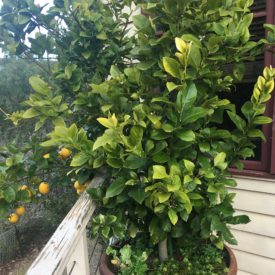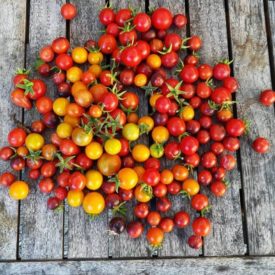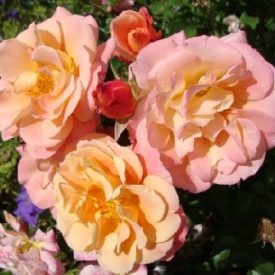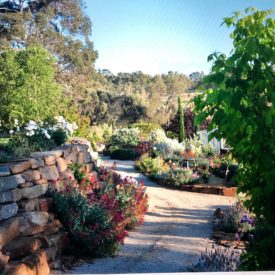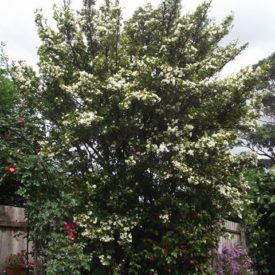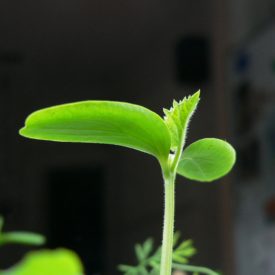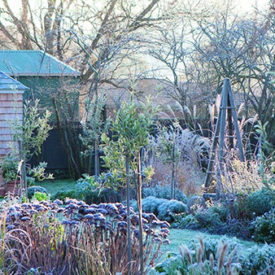Balanced nutrition & feeding
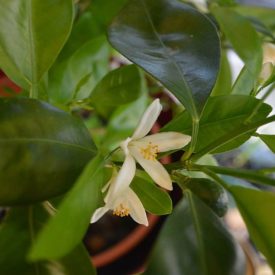
Neutrog’s Microbiologist and R&D Manager, Dr. Uwe Stroeher talks about balanced nutrition for your plants.
We know that a balanced diet is required for us to be healthy and to perform at our peak, and for plants it is no different. Plants need balanced nutrition.
Often people look at a packet of fertiliser but only look for levels of nitrogen, phosphate and potassium, but plants need so much more. Other critical nutrients which are required in relatively high levels are things like sulphur, magnesium and calcium as well as a whole range of trace or micronutrients such as iron, zinc, manganese – the list goes on. There are a plethora of plant issues related to the incorrect feeding of plants, but these can be overcome by using a nutritionally-balanced fertiliser and feeding your plants on a regular basis.

